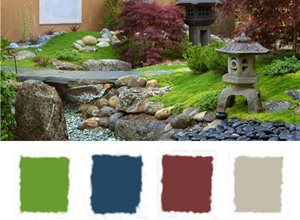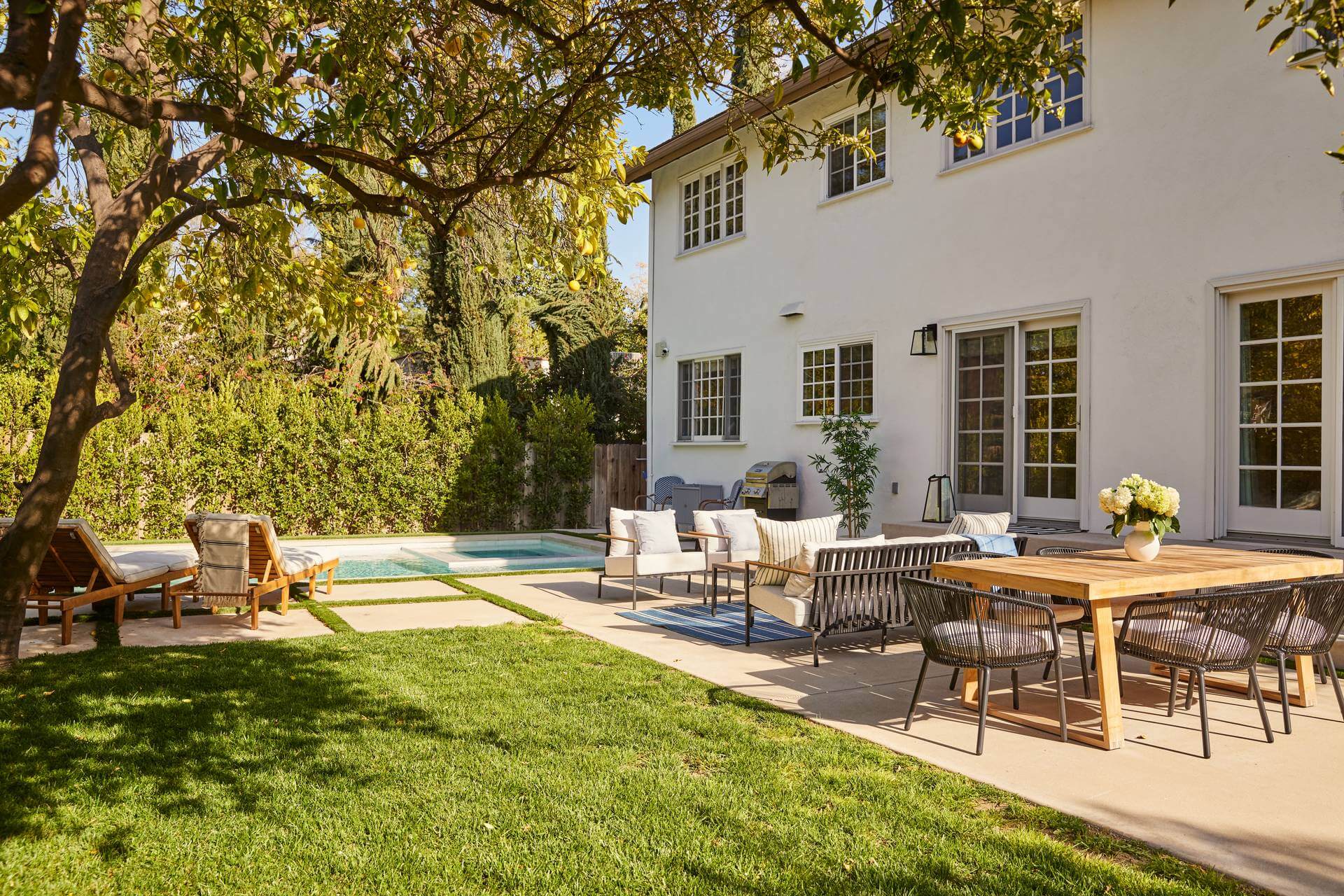The Greatest Guide To Landscapers
The Greatest Guide To Landscapers
Blog Article
Little Known Facts About Landscapers.
Table of ContentsThe 4-Minute Rule for LandscapersLittle Known Questions About Landscapers.Some Known Incorrect Statements About Landscapers Not known Details About Landscapers Little Known Questions About Landscapers.The Ultimate Guide To Landscapers
- A garden function where water is stood for by an aggregate stone item, usually a gravel or granite.- A stone or natural flagstone outdoor patio, course, or pathway constructed without a concrete base.- A rock maintaining or complimentary standing wall surface constructed without making use of mortar. A highly skilled mason is required for a completely dry stack stone wall surface. The majority of wall surfaces in Portland are moist stacked, also if they show up to be. - A below ground structure that gather water and allows it to slow down percolate right into the dirt around it.
Landscape design that is compatible with a sites' setting in both look and sustainability without adverse influences to the environment. Interrupting the landscape is a line of demarcation that develops visual rate of interest in the yard by separating one sector from an additional segment. This can be aesthetic or useful, keeping one component (such as pea crushed rock) from obtaining blended right into an additional (like bark dust).
Areas can additionally have a sensation of "room" given by trees, various other growings, fences, or screens. The landscape near the access to a structure.
Facts About Landscapers Uncovered

The component in a landscape style or location in a landscape that is suggested to be most famous. The focal factor can be a plant, boulder, statuary, gathering space, or various other landscape attribute.

Landscapers for Dummies
Rock product, either rounded or fractured, that is reasonably small- usually 1" or less. Low plants that are enabled or motivated to top a location. Can describe any type of "hard" yard components including statuary or rocks but the majority of typically is utilized to describe paths, patio areas, and walls.: Elevation difference between the degree of water in a fish pond (or the level of the pump if it rests outside the pond) and the top outlet of water which affects efficiency of the water pump in gph (gallons per hour). Thick hedges or trees that create a fencing, screen, or limit.
A chemical utilized to manage weeds. Fence boards that run flat, commonly made use of in modern-day or Japanese-inspired landscape designs. Lines that define rooms within a landscape principle. These commonly extend from edges or essential functions of an existing framework. Appropriate use imaginary lines can assist the landscape feel connected to the home and other aspects.
Conventional PNW landscapes are informal. A plant that spreads out more than wanted, or into habitats where it does damages.
Landscapers Can Be Fun For Everyone
Can include head placements and protection, pipe sizing, GPM specs, and products required to install this system. Certified specialist that designs landscapes, coached in engineering and architecture as well as in horticulture.
Landscape developers usually have less schooling than Landscape Architects and are not certified. A finished landscape layout, outlining all aspects for the brand-new landscape.
Making use of several plantings of the exact same range to fill in a location in the landscape. This can lower upkeep and water usage in the garden.
A mix of cement, sand, and water that is utilized in rock masonry for setting rocks and joints. A layer of compost or bark dirt applied at the base of a plant. A mass growing of moss. A plant that was existing in a geographic location prior to people began changing the landscape.
Not known Facts About Landscapers
Just how the garden or a yard component is organized in relationship to an existing or new attribute or to an instructions. Keeping a grass without using chemical herbicides, chemicals, or fertilizers. Turfs that are not mowed but expanded in landscapes click to find out more as perennials. This is a partly open sided relaxation or recreation area that joins a house, utilized for entertaining, exterior dining and simply appreciating the outdoor atmosphere.

Plants that offer seasonal passion and then die back in the winter season. Cold season turf that is the most common turf lawn in Portland, OR and the remainder of the PNW.An open roofed structure over a patio area or other landscape feature.
The most typical landscape crushed rock in the PNW. Area of the landscape made to take care of rain water until it can saturate right into the ground.
Framework made of timber, concrete, paving rocks, bricks or other materials for stabilizing slopes and protecting against too much erosion. Slim watercourse. Creating a yard function consisting mostly of stones with plantings that match and can prosper in the rocky setting. Lawn sprinkler head style that rotates a stream of water across an visit this web-site area.
The 15-Second Trick For Landscapers
:max_bytes(150000):strip_icc()/GettyImages-154046398-c39f1daf45a84601b328d78ed8630660.jpg)
Report this page